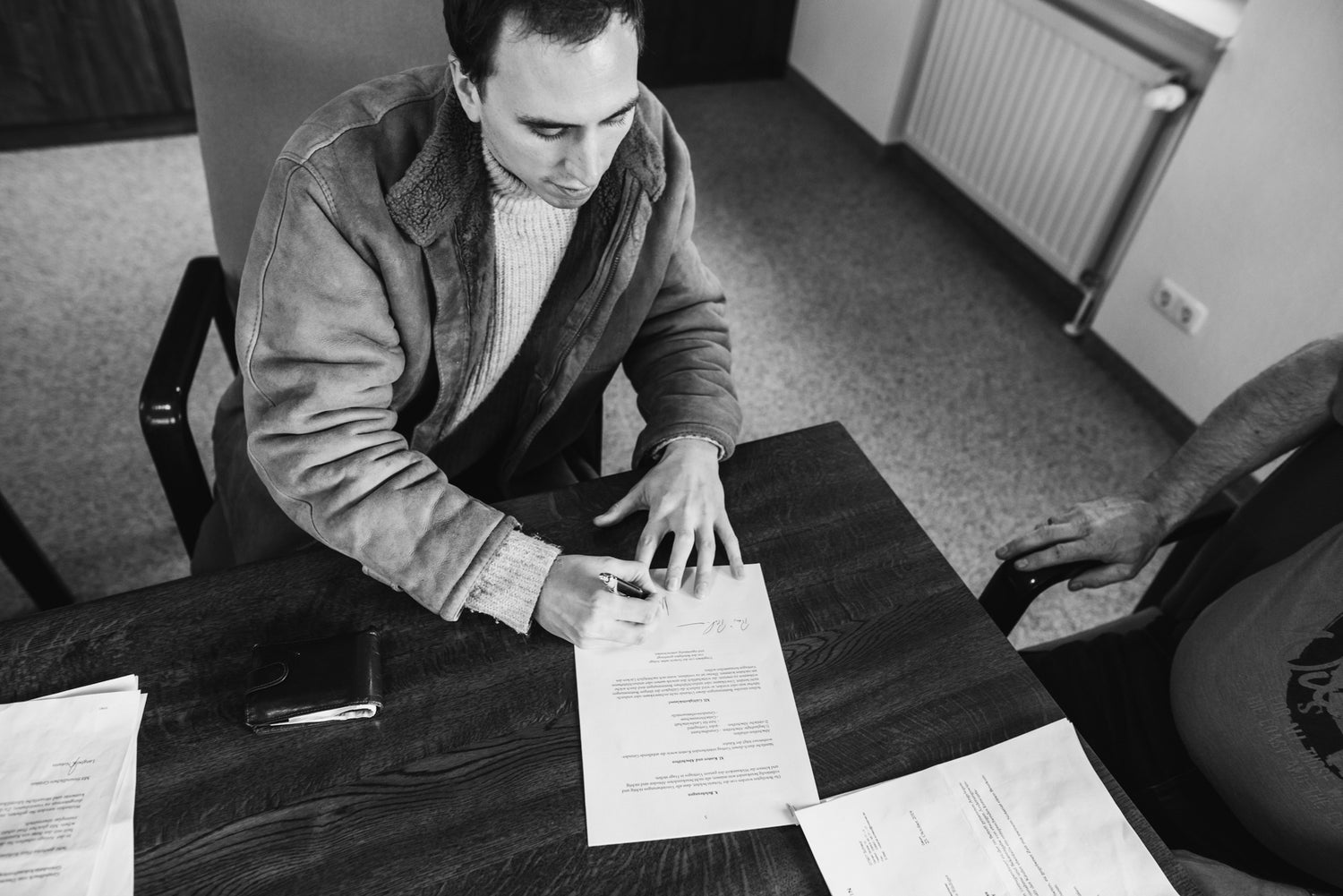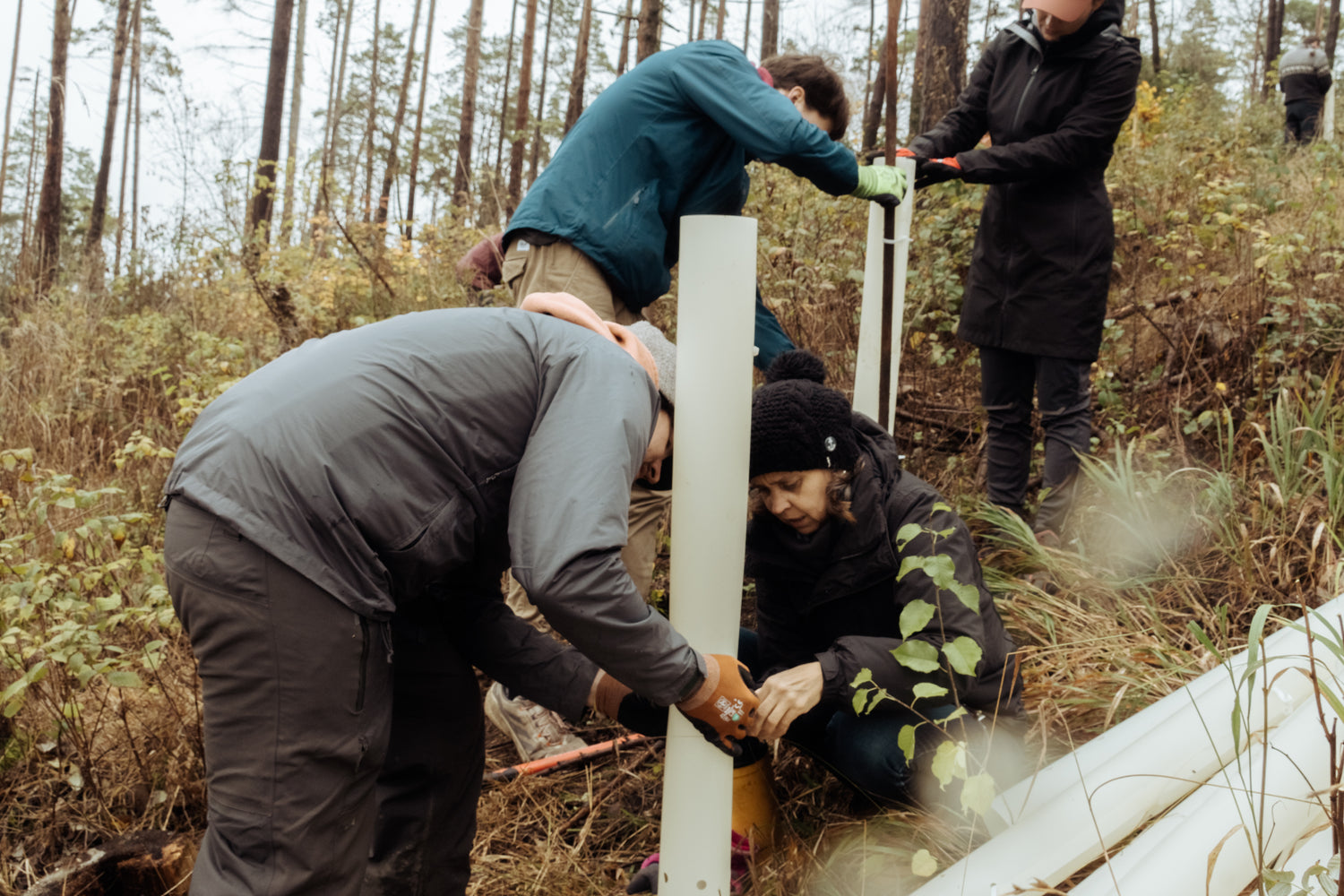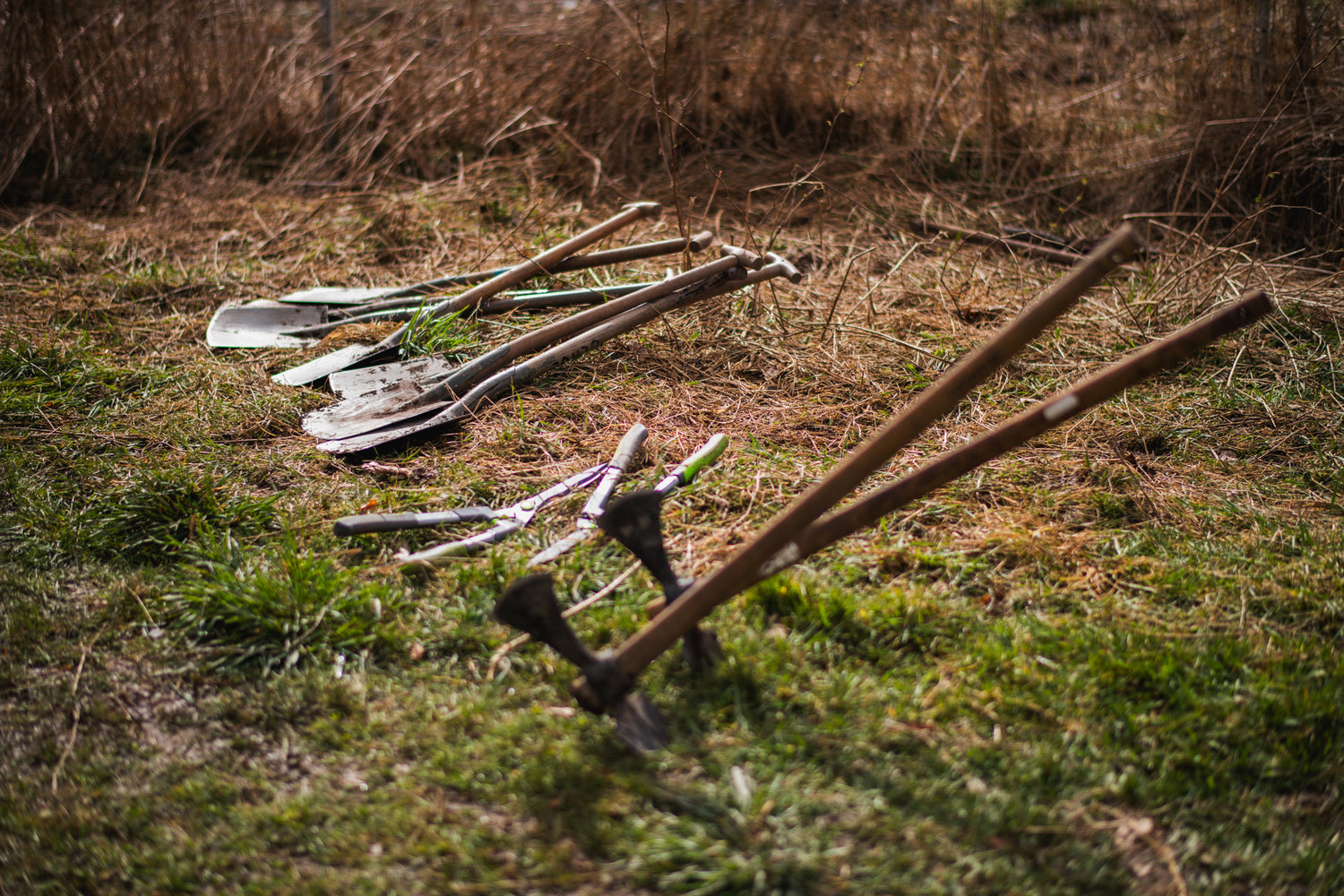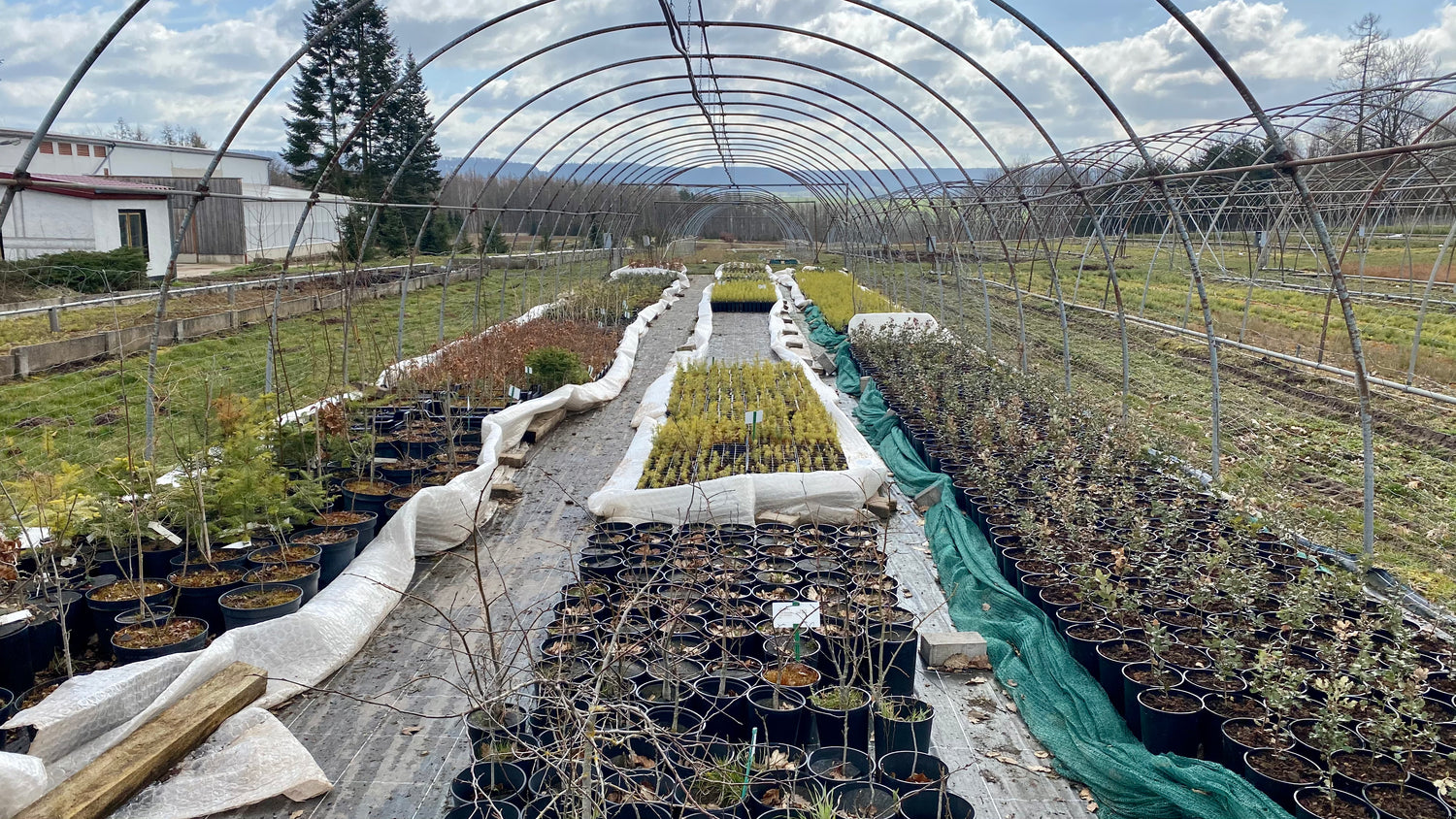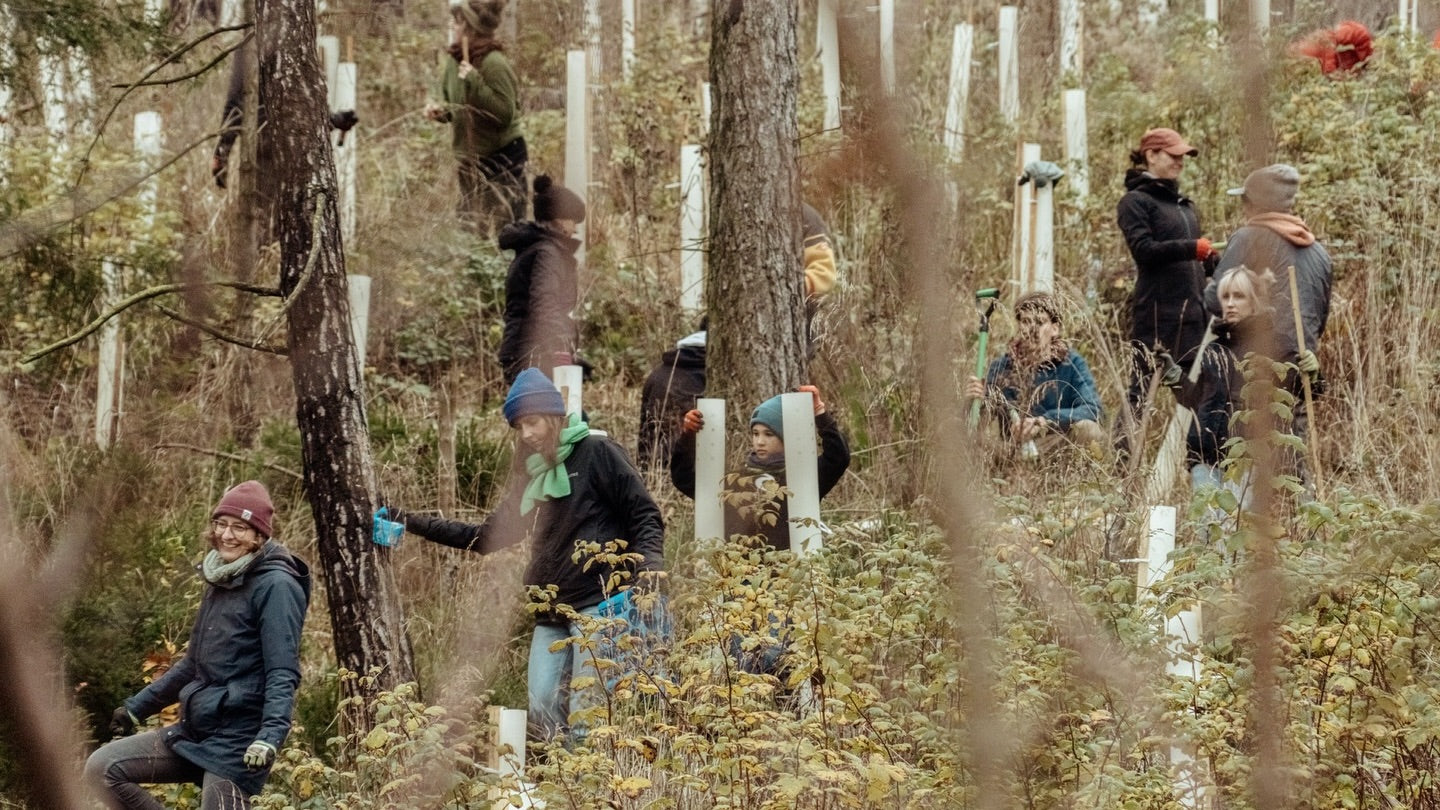«The Forest»

The idea for this endeavour has been brewing for more than 20 years at this point: Back then I, with the help of my family and many other volunteers, planted a little forest in my small hometown of Breitenworbis. My father who was the head of the local forestry department at the time set out with his spade as a role model and taught my brother Michael and me everything we needed to know to understand this complex ecosystem. Just as lectures by parents tend to be they were annoying at times but today, in a time where this knowledge is more valuable and important than ever, I am very thankful for receiving them. Starting in 2019 I was able to put enough money aside that I was able to purchase the first pieces of land right here in the region. Under my lead and with the help of many volunteer hands we started to plant the first 3000 young trees on this piece of land. In the future not only thousands of trees should grow but also the piece of land it stands on.

Hard Facts
Location & Size
South Thuringia, Germany
Size: 3 Ha (30.000 square meters) split in 4 areals
Number of planted trees
4.600 (Update November 2024)
Species of trees
- Service Tree (Sorbus torminalis) – A medium-sized tree that grows in warm, moist mountainous areas. The fruit is edible and is often used to make jam.
- Silver Fir (Abies alba) – A tall conifer species that grows in the Alps and other mountain regions. It is commonly used in the timber industry.
- Red Oak (Quercus rubra) – A deciduous tree native to North America, but also cultivated in Europe. It has large, deeply lobed leaves and produces acorns.
- Sweet Chestnut (Castanea sativa) – A deciduous tree with edible fruits (chestnuts), mainly found in Southern Europe. It can grow into a large tree.
- Grape Oak (Quercus petraea) – An oak species that thrives in calcareous soils. It is often used for high-quality furniture and barrels.
- English Oak (Quercus robur) – One of the most common oak species in Europe, known for its robust wood quality and its importance for biodiversity in forests.
- Sycamore Maple (Acer pseudoplatanus) – A maple tree that grows in mountain forests and is often used as an ornamental tree or for timber production. The wood is very durable.
- Norway Maple (Acer platanoides) – A tree commonly found in urban areas. Its leaves are pointed in shape and can turn a beautiful yellow in autumn.
- European Beech (Fagus sylvatica) – A very common deciduous tree that grows across Europe. Beech forests are highly biodiverse and provide habitats for many animals and plants.
- Hornbeam (Carpinus betulus) – A small to medium-sized tree found throughout Europe. Its wood is very hard and is used in furniture production.
- Larch (Larix decidua) – A conifer that sheds its needles in winter. Larch wood is very durable and is commonly used in construction.
- Wild Cherry (Prunus avium) – A tree known for its sweet cherries. It grows in sunny locations and is found in forests and along forest edges.
- Douglas Fir (Pseudotsuga menziesii) – A conifer native to North America, but widely spread in Europe. The wood is of high quality and is often used in the construction industry.
Support the forest
Joining forces. In recent years, people of all ages have joined us in helping to restore woodlands. The diversity of those involved highlights the growing awareness of climate protection and the power of collective action. Every planting campaign is a success made possible by this active support.
Thank You!
About the project
-

CHRISMON - Spiel mir das Lied vom Wald
Full ArticleMartin Kohlstedt mischt Klavier mit Electronica und füllt damit die Elbphilharmonie ebenso wie die Wiesen des Fusion Festivals. Von dem Geld, das er verdient, kauft er Wald – um ihn zu retten
-

NBHAP - Time To Reconnect With Nature
Full ArticleGet To Know Martin Kohlstedt’s Inspiring Forest Planting Project
-

THÜRINGER ALLGEMEINE - Krise im Thüringer Wald: ein Weimarer Musiker greift ein
Full ArticleDer Weimarer Pianist und Klangkünstler Martin Kohlstedt unterstützt mit Pflanzaktionen auf eigens erworbenen Waldstücken die Natur.
